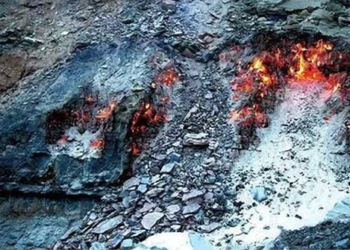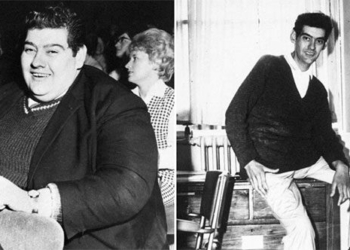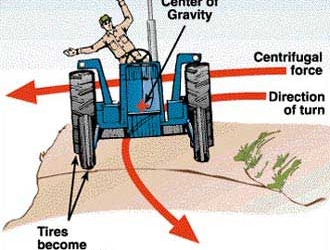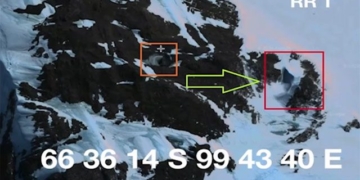There are many alternative energy sources that have been utilized throughout the development of automobiles, but not all have achieved success.
Nuclear-Powered Cars with a Range of 8,000 km
Ford introduced a vehicle called “Ford Nucleon” in 1957. This model was based on the concept of a car powered by nuclear energy. The idea was to attach a small nuclear reactor to the car, using the heat and steam produced by uranium nuclear fission to drive a turbine. Ford explained that if the nuclear reactor were activated, it could travel up to 8,000 km without needing to pump additional nuclear fuel.
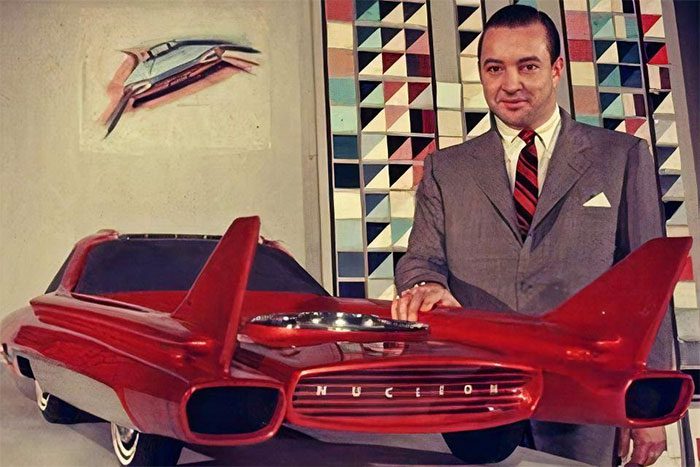
Ford’s nuclear-powered car model. The Nucleon was equipped with a nuclear reactor at the rear. The vehicle was designed similarly to the operation of a nuclear submarine, only smaller in size. (Photo: QCTT).
Nuclear-powered cars were later adopted in the United States as well. Cadillac introduced the concept of “tritium fuel” to celebrate its 100th anniversary. The nuclear reactor was equipped with tritium extracted from rare earth elements, and after each refueling, it could operate for up to 100 years.
However, both of these models were merely prototypes and renderings. Access to radioactive materials in the private sector at that time was quite challenging, and practical application would require continuous management. Thus, to this day, these vehicles remain purely conceptual.
Steam-Powered Cars
The first steam-powered car was invented in 1769 by French engineer Nicolas-Joseph Cugnot—four years after James Watt invented the steam engine. Cugnot envisioned steam-powered vehicles as an alternative to horse-drawn carriages, designed to pull artillery for the French Army (weighing up to 3.9 tons).
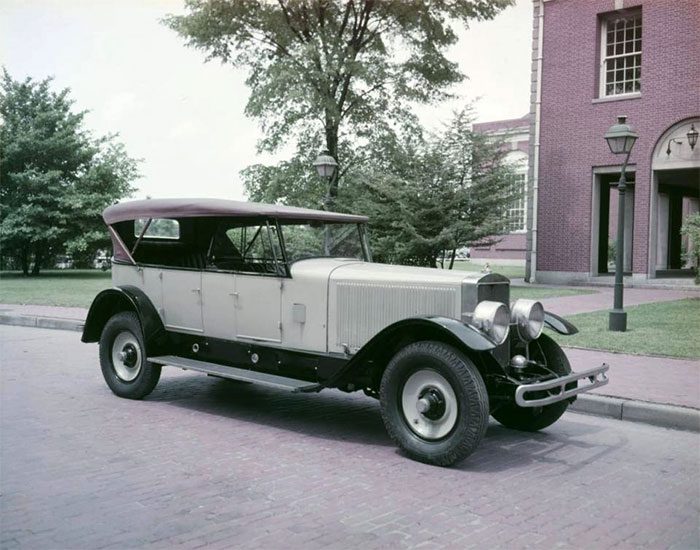
The maximum speed of these models was only 4 km/h. (Photo: QCTT)
However, the drawbacks were evident. The maximum speed of these vehicles was only 4 km/h, the boiler could hold limited water, and the driving range was short. Additionally, they lacked brakes and could not stop abruptly; thus, Cugnot’s steam car was also dubbed “the first car to cause a traffic accident in the world.”
After the invention of the gasoline engine, steam-powered vehicles gradually faded away, but steam locomotives continued to be used into the 20th century. A notable example was a company called “Doble” in the United States. By 1931, Doble had produced steam-powered cars, featuring a kerosene boiler instead of an engine, which operated steadily and reached speeds of 110 km/h. The theoretical maximum speed was also 191 km/h.
Coal and Wood-Powered Cars
In the past, there were vehicles known as “coal gas cars” that used coal or wood. Specifically, this involved collecting gas produced from burning wood and injecting it into the engine’s cylinders.
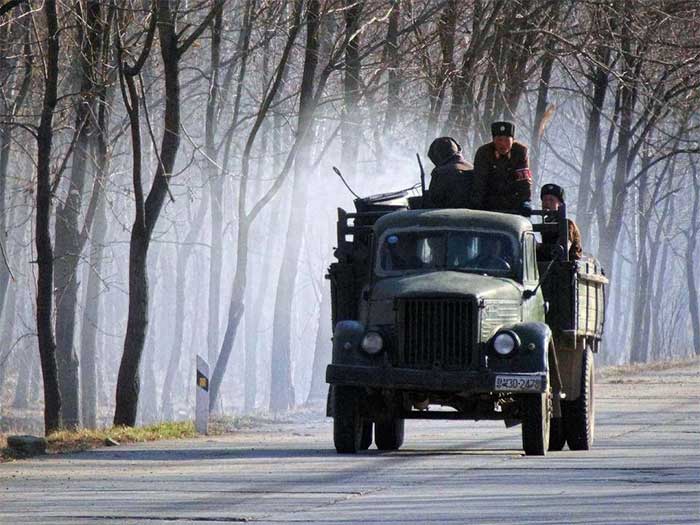
For a long time, humans have been aware of the process of converting organic matter in firewood into gas under heat. However, it wasn’t until 1920 that Georges Imbert—a German engineer—applied this scientific knowledge to invent a wood-powered engine. (Photo: QCTT).
The earliest coal-powered cars appeared in 1901, and their peak era was during World War II. In times of shortage, any combustible material could serve as fuel for vehicles. Records indicate that by 1945, there were 500,000 coal-powered vehicles operating in Germany.
However, the drawbacks of these vehicles were quite apparent. The fuel produced varying gas emissions and inconsistent outputs. Additionally, the vehicle’s size increased due to gas trapping equipment, and significant emissions also contributed to pollution.
Methanol, Ethanol, and Benzene as Automotive Fuels
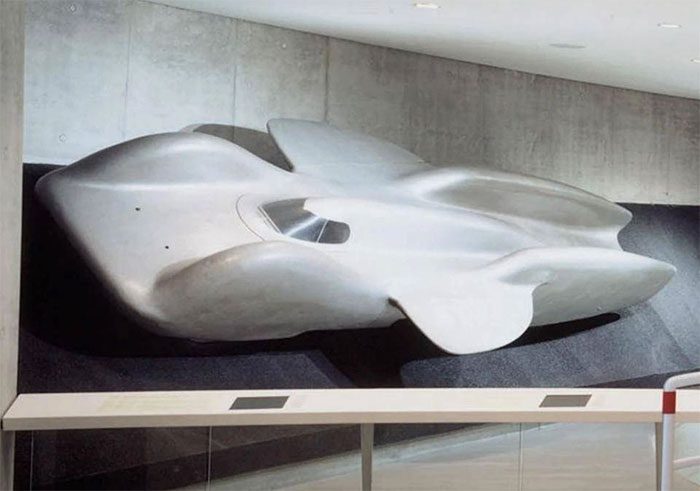
The Mercedes-Benz T80 was a six-wheeled car manufactured by Mercedes-Benz, developed and designed by Ferdinand Porsche. It was intended to break the world speed record on land, but this was never achieved due to the outbreak of World War II. (Photo: QCTT).
Imagine how powerful an aircraft engine would be if installed in a car. Historically, the Mercedes-Benz T80 was equipped with an engine from the Messer Schmidt Bf109, the main German fighter aircraft at the time, using a special fuel blend of methanol, benzene, and ethanol. Theoretically, it could reach speeds of up to 750 km/h, but due to the war, test drives of the Mercedes-Benz T80 were never conducted.
The mass production brand Chrysler also launched the “Turbo Car” in 1963, equipped with a jet turbine engine, boasting a peak power of 130 horsepower, more powerful than the first-generation Ford Mustang (120 horsepower) released around the same time.
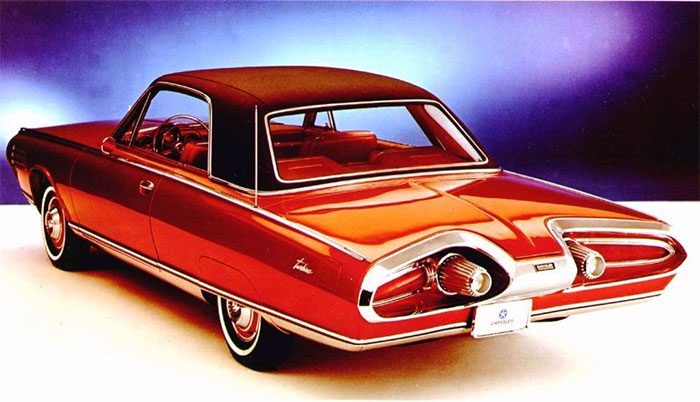
A total of 50 Chrysler Turbines were produced by 1963, but only 2 remain operational today. (Photo: QCTT).
The advantages of turbo cars were significant, as they could use gasoline, diesel, kerosene, and almost all types of fuel to operate, and they could start at temperatures as low as -29 degrees Celsius. Chrysler actually produced over 50 test vehicles, providing experiences for more than 200 individuals and accumulating 1.6 million km of driving.
However, their drawbacks included excessive noise and extremely high production costs, which prevented them from ever being commercialized.








































